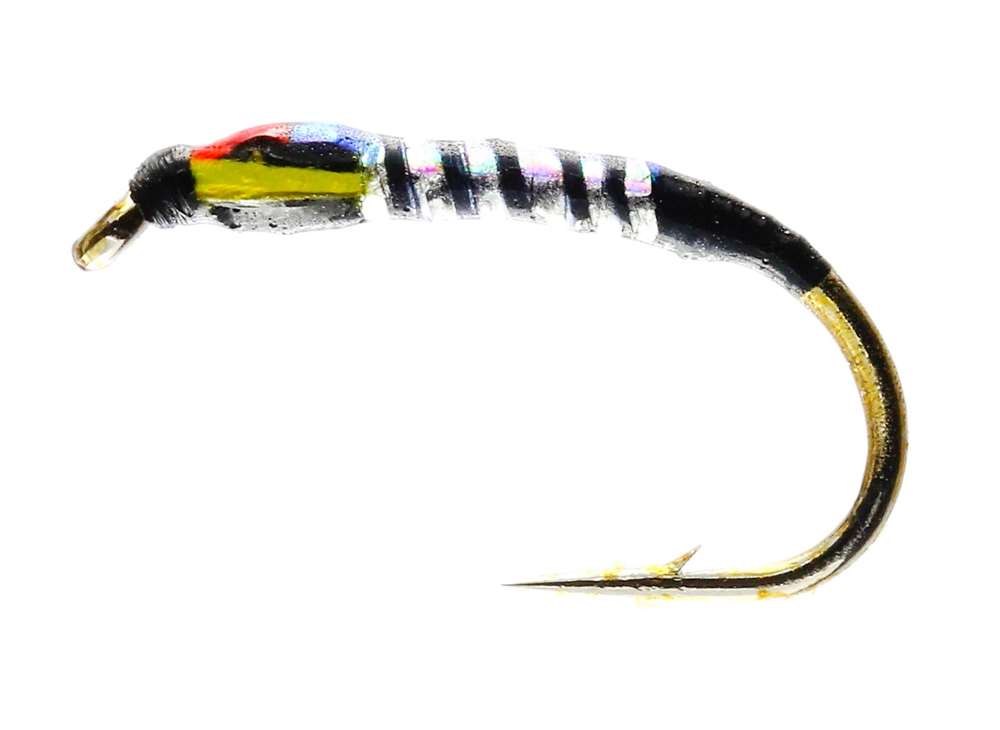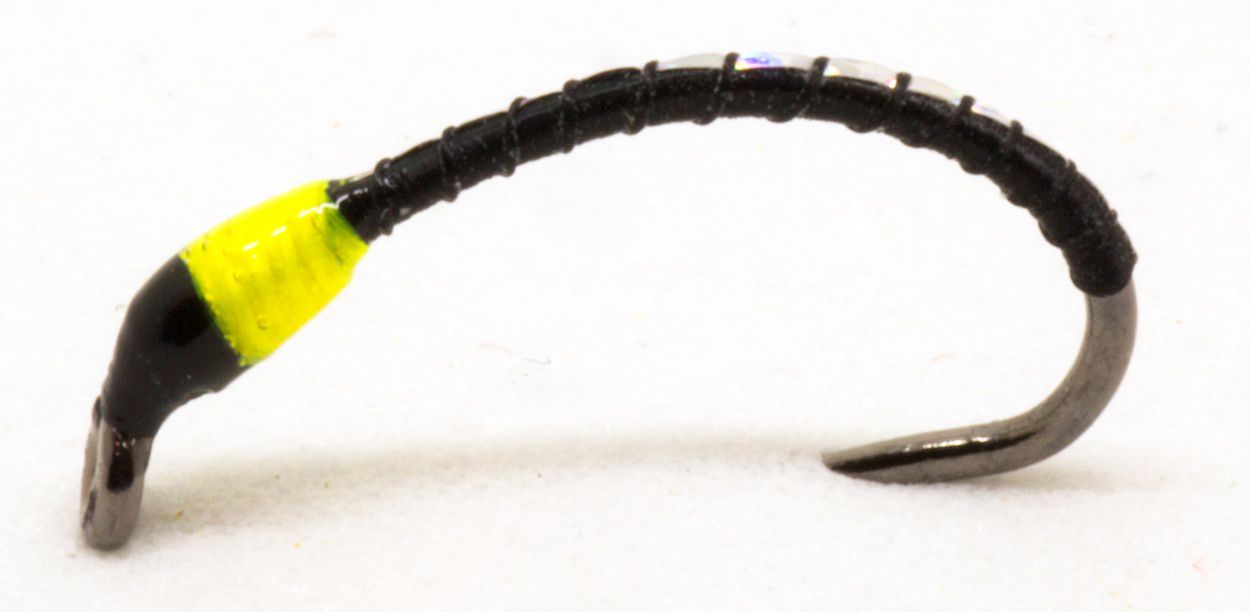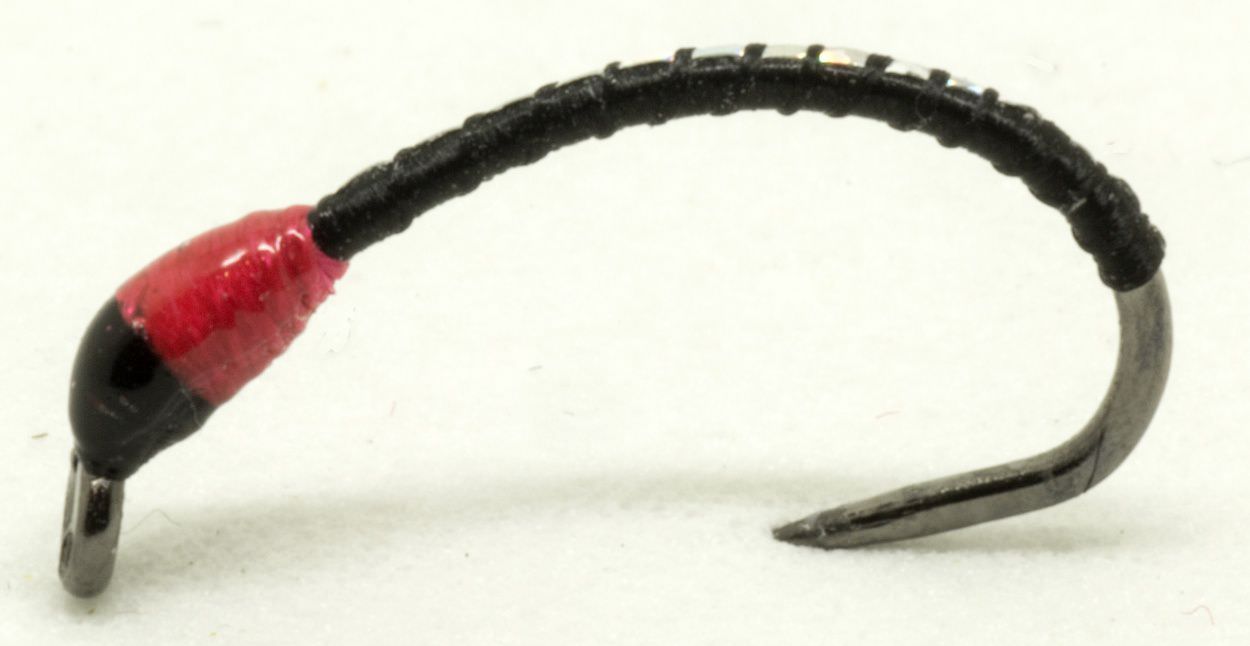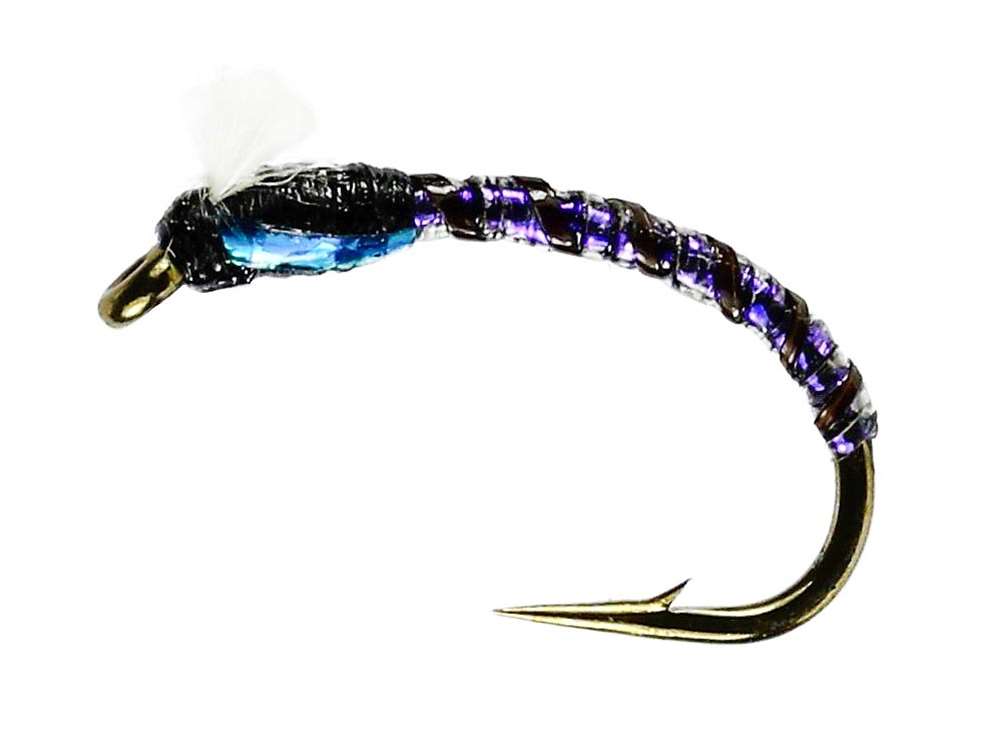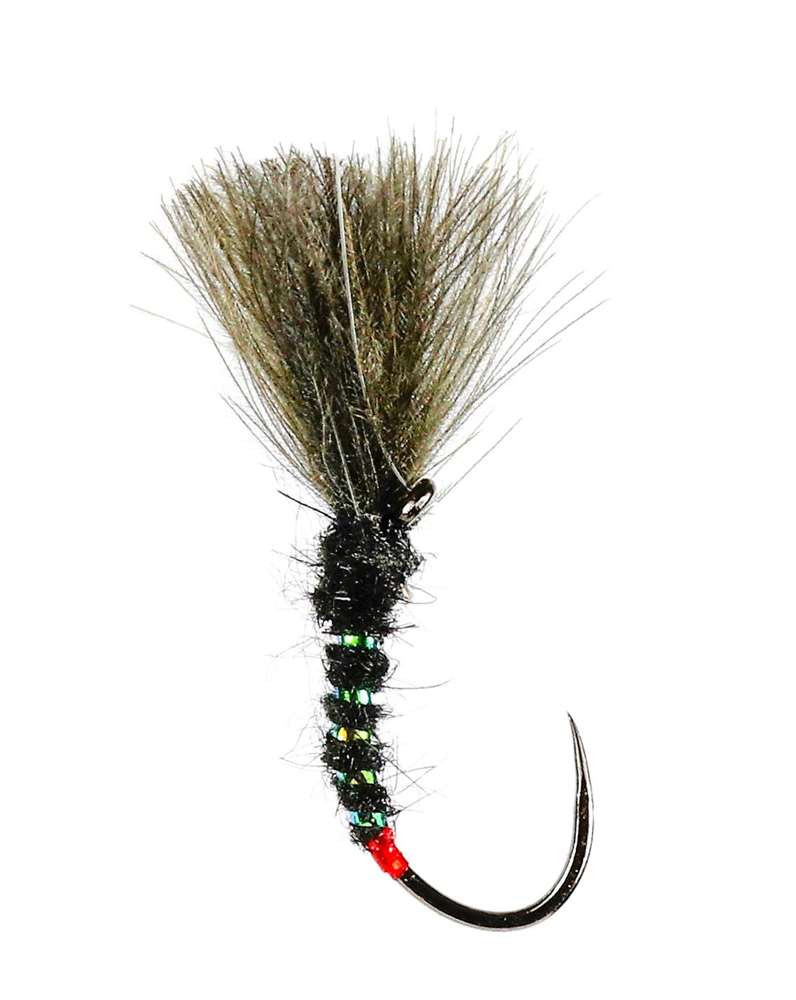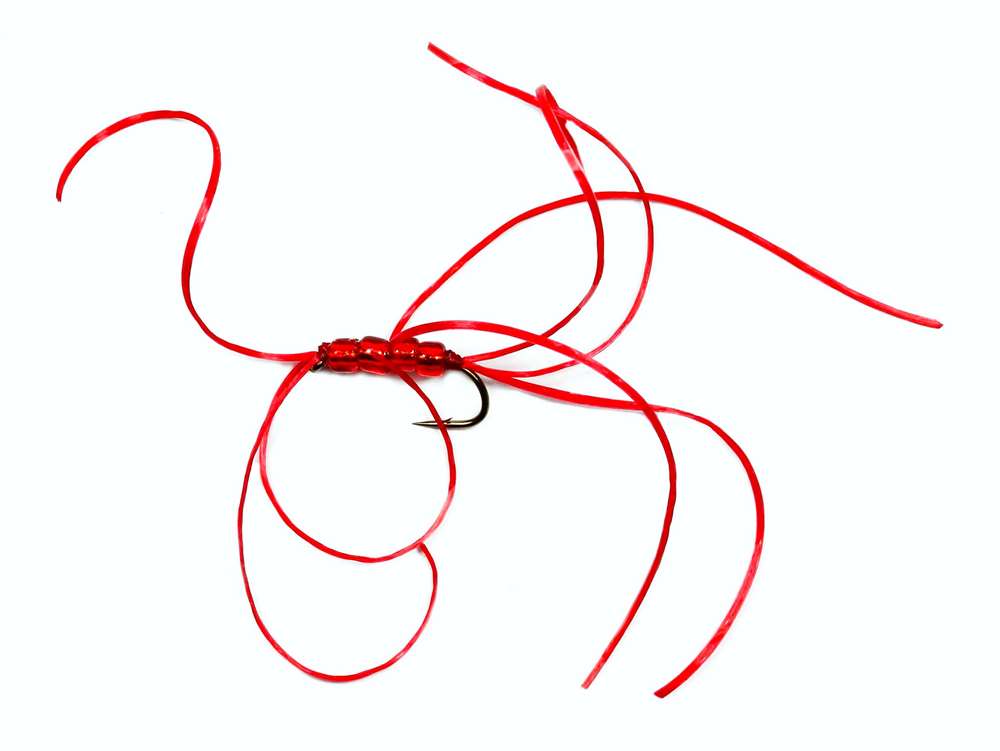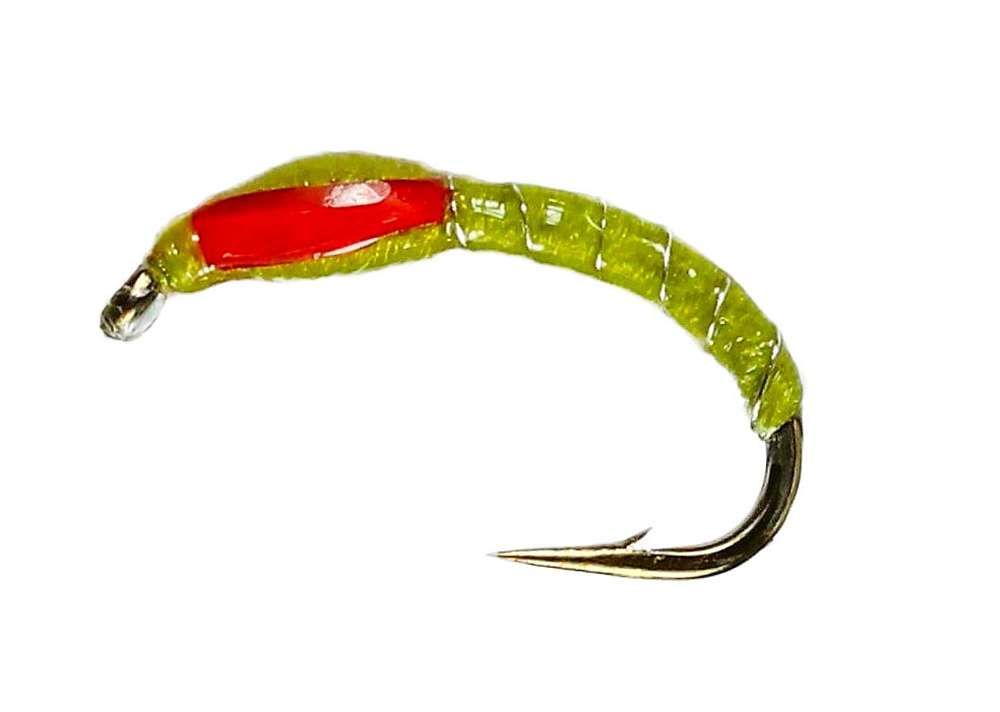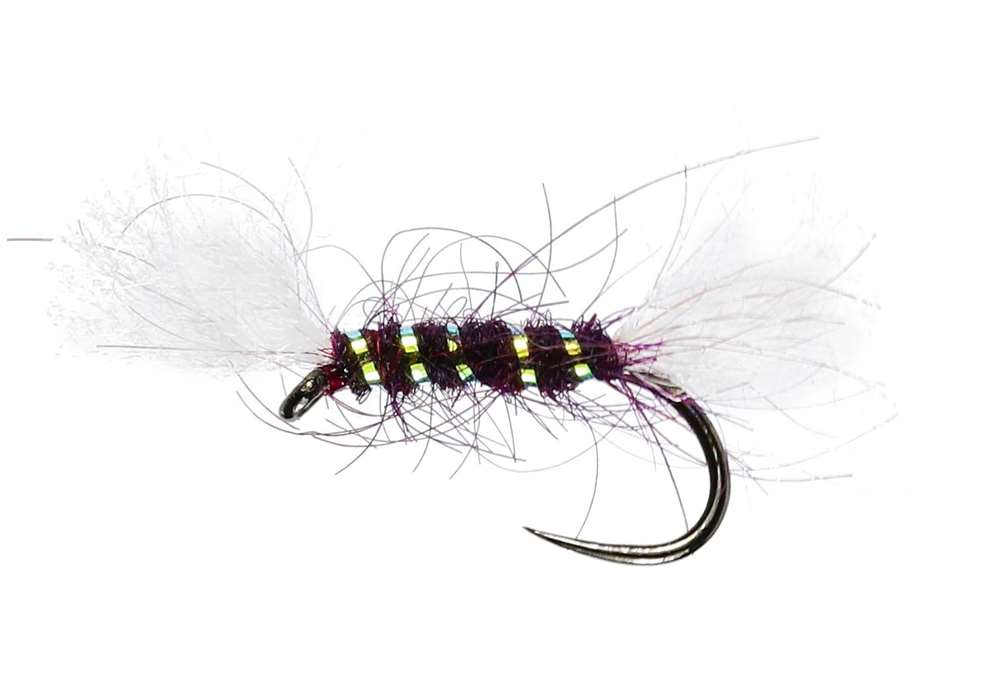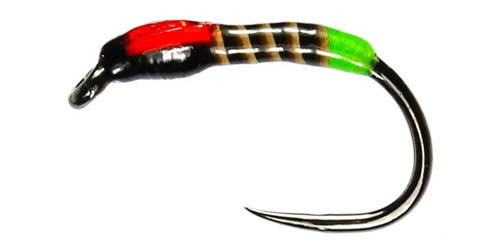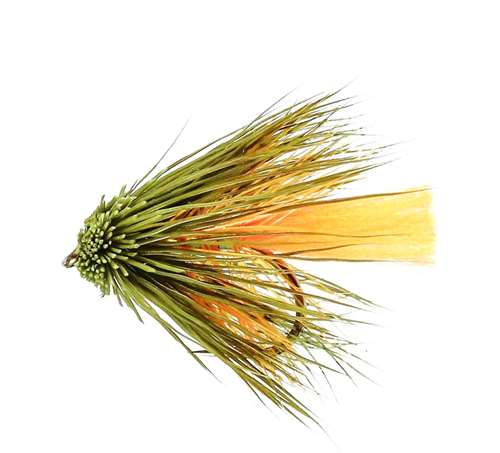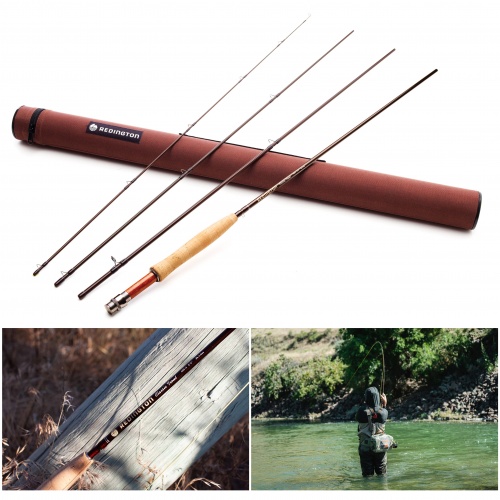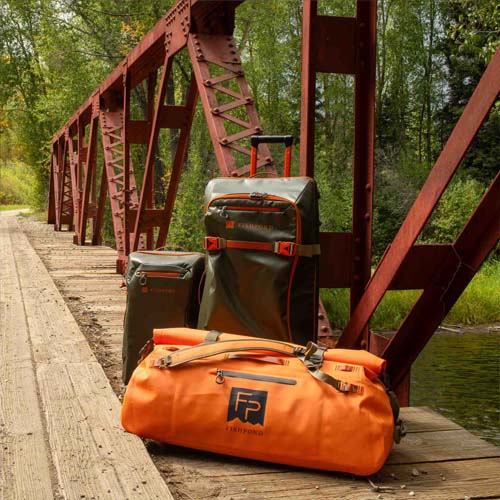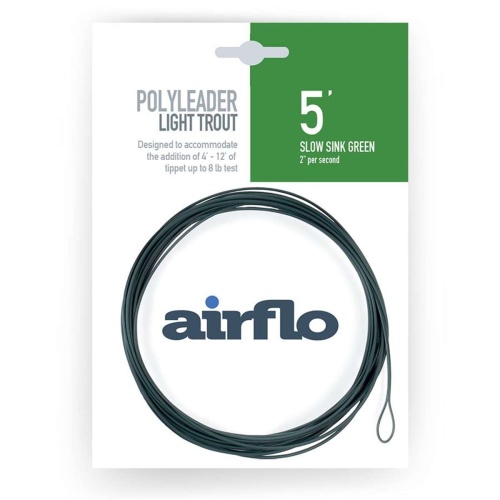Trout Buzzers Spotting Buzzer / Midge Activity

Spotting Buzzer / Midge Activity
One of the best indicators of recent buzzer activity is to look for floating shucks or adult buzzers on or near the water. Certain areas will hold fish and buzzers, these being the obvious places to start. It is important to find the right spot. Mud or silted areas with a reasonable depth of eight to fifteen feet of water are usually good places for buzzer fishing. On a large lake or reservoir try to find a point or headland where a depth of eight to ten feet is within casting range. Try and choose a location where the wind is behind or if from the side it is light. If there is too strong a crosswind it is difficult to keep the flies moving nice and slow. On breezy days, selecting areas with some shelter can produce well. They warm up first and thus encourage insects to hatch. Cold winds always slow down hatches. Many fishermen often blank on buzzers because they do not unserstand how to fish with them, if trout are wary then great techniques include extending the leaders, I use leaders up to 20' and for very wary fish may fish a 12' to 20' leader with a single buzzer on the point!
A strong breeze will push the middle of the fly line around quickly and thus keep the buzzers high in the water. This is okay on an overcast day when the trout are feeding in the upper layers but not on a sunny day when they are feeding in the cooler depths. This problem can be overcome if the cast is made at a much shallower angle to the wind. The wind has less effect on the line and the team of buzzers will fish much deeper and more slowly.
Watch for birds flying close to the water, often you will see swallows flying across the water at very low level, these are often taking emerging midges from the water surface as they hatch.
Fishing Bloodworm Flies and Buzzers For Trout
As the bloodworm if found low in the silt it is best to fish bloodworm flies at the bottom of a rig, usually as point fly lowest in the water to imitate the natural emerging process of bloodworm. Indeed a sunning midge rig is to use a bloodworm fly as the point fly, a buzzer as the middle dropped and an emerging nymph such as Sandys Blank Buster with its emerging gills and breathers as the top buzzer. This rig follows that natural lifecycle of the midge and will appear and is a regular catcher of trout.
Buzzers, midges, diptera or Chironomids are the names of the tiny flies found on slow flowing rivers and and lakes. Tiny Chironomid flies that inhabit lakes and slow-flowing rivers are known by their common name to us as midges or buzzers, known because of their characteristic buzzing or humming. They appear in vast swarms on most still-waters towards the evenings, often they can be completely overpowering. In Scotland when there is a midge swarm I have found it very difficult as regularly with breaths you can get them in the back of your throat - uck!. Midges tolerate relatively high levels of pollution. The good news for fly fishermen is that they congregate on the windward side of a lake and their tiny larvae and pupae are eaten in large numbers by surface feeding trout. Buzzers start life as a bloodworm and live in the soft mud found in most still waters. These blood red worms get their colour from the oxygen and hemaglobin held within their bodies. When they are getting near to hatching they lose their blood red colour and take on a more somber appearance. They then make their way from the lake bottom up through the water columns to the surface. This is achieved by a wriggly swimming action. They swim towards the surface then stop either to catch their breath or waiting for the right conditions to hatch. When they stop wriggling towards the surface they slowly sink back down before swimming upwards again. When they eventually reach the surface they hang from the surface film and hatch out in to adult buzzers or midge. It is howver on the journey to the surface that Buzzers / Midges are at their most vulnerable. The midge pupae drift gently up to the surface where the survivors struggle to break through the surface film. Many do not make it, especially if the water is very choppy or if a flat calm has allowed oily film to form. At this stage trout patrol the surface sipping in huge quantities of hatching midges.
The life cycles of the buzzer can be imitated with a good degree of accuracy, they hatch out on virtually every day of the year. Some of the hatches will be localised and may not be spotted unless fishing in that area. Buzzer hatches can be spotted, by either looking for the adult fly, or finding the spent pupa bodies (shucks) in the surface film.
Buzzer and Nymph Designs
Over the past decades there has been vast changes in fly fishing, from the development of the slim epoxy buzzers imitations that sink quickly. The most popular predecessor of this type of fly was Arthur Cove's Pheasant Tail Nymph. Brown in color its midge pupae like shape and the fact that it is fished deep and slow on a long leader made it extremely effective. Skinny buzzers had been around for sometime before the Pheasant Tail but had not gained the same popularity. In the 1920's Dr Howard Alexander Bell developed some extremely good slim buzzers as an imitation of the midge pupa for fishing on Blagdon water. Onbuzzers wing buds were added to the side on some patterns and on others the white breathing filaments.
Sandy Dickson's Blank Busters
Our own Sandy Dickson has designed incredble slim buzzers through his own brilliant tying techniques, Sandy's Blank Busters are being released in 2009 and in tests have been amazing, catching 50 fish in one outing! Sandy was even sued by one fisherman (unsuccessfully!). The nameless fisherman was using Sandy's Blank Buster Buzzers tying them on a 20' leader from a boat, he tied the point fly and dropped it in the water and started tying the dropper, a trout took the point fly almost immediately and dragged the dropper straigt into the fishermans hand, these flies are brilliant.
Shipmans Buzzers
Dave Shipman's buzzers are extraordinarily versatile. He invented the pattern in the late Seventies for surface feeding trout on Rutland Water reservoir, when the fish were preoccupied with taking adult buzzers struggling in the surface film. The original was a combination of teased out fiery brown or green seal's fur and white breathers that proved deadly. This pattern is that it does not normally need floatant. Shipman's buzzers will attract the most suspicious of fish. The scruffier the pattern the better it seems to fish, often I rough up my Shipmans buzzers with velcro!.




